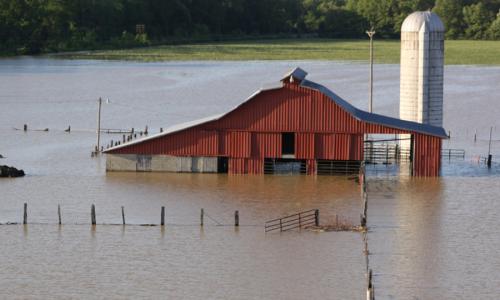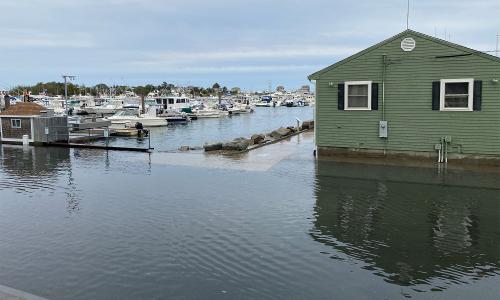Technical appendix for the report Confronting Climate Change in the Great Lakes Region: Impacts on Our Communities and Ecosystems.
The Great Lakes Region is distinguished by its abundance of aquatic ecosystems and rich water resources. The five Great Lakes comprise the single largest concentration of liquid fresh water on the planet. In addition, there are hundreds of thousands of smaller lakes, streams and wetlands.
Higher air temperatures as expected with climate change will result in higher lake temperatures, and continue to reduce lake and river ice cover. In turn, higher air temperatures and shorter ice cover will increase evaporation from the lakes, thus lower lake levels.
Besides these direct physical impacts, climate change will also lead to a range of ecological impacts on streams and rivers and on wetlands. Life in both the large and smaller lakes will be affected through changes in productivity and eutrophication, and produce higher-order impacts on fish.
In assessing the potential impacts of climate change on aquatic ecosystems, we must expect complex interactions between changes in climate and other direct human stresses on the environment, such as water pollution, heavy drawing on groundwater and surface water resources, or increasing development and pavement, leading to more impervious surfaces in the landscape. This complexity allows us to draw only cautious conclusions, however, the trends of compounding stresses on the Great Lakes environment raises serious concerns for the management of the region’s most precious resource: water.
Please click on the links below for further information on:




